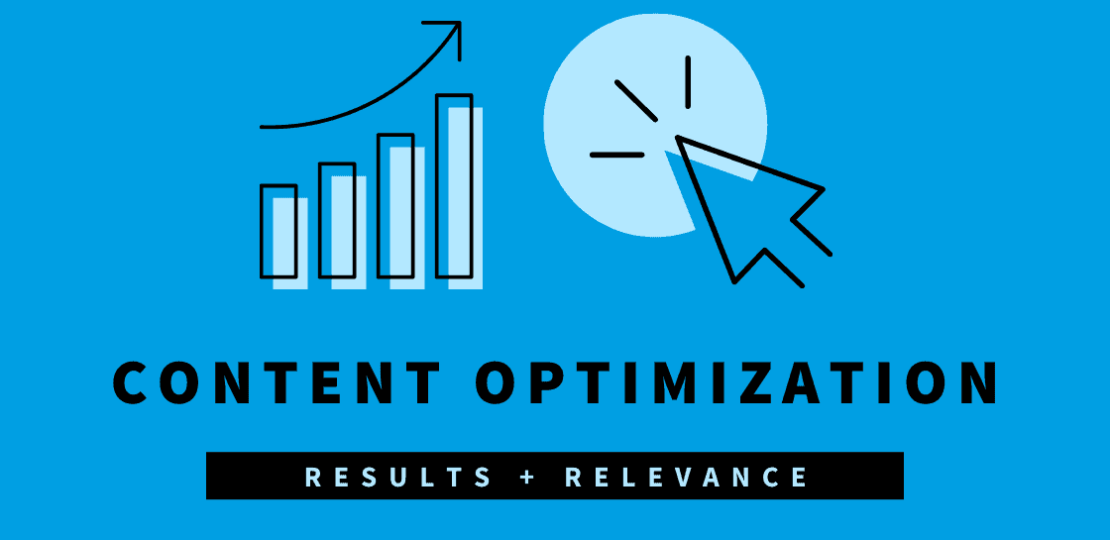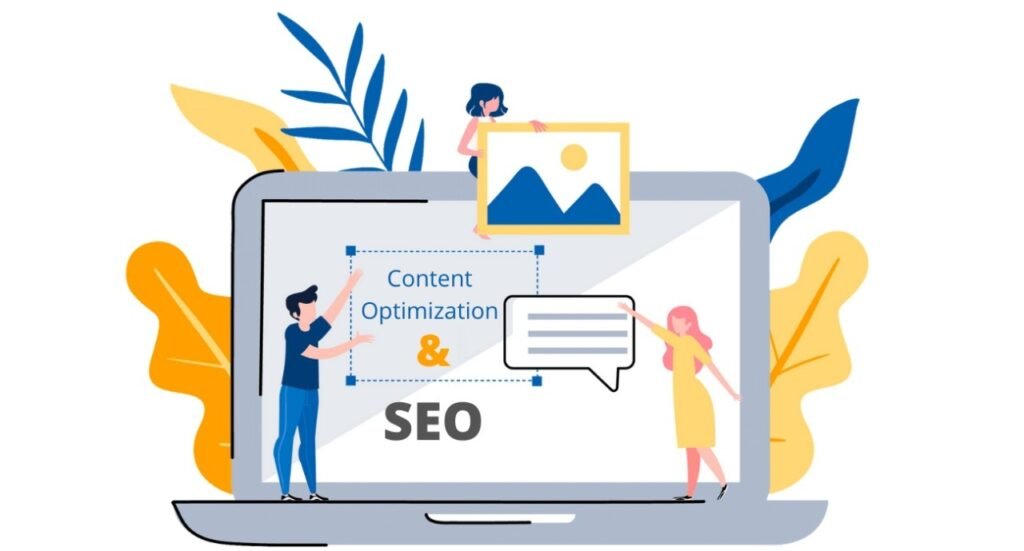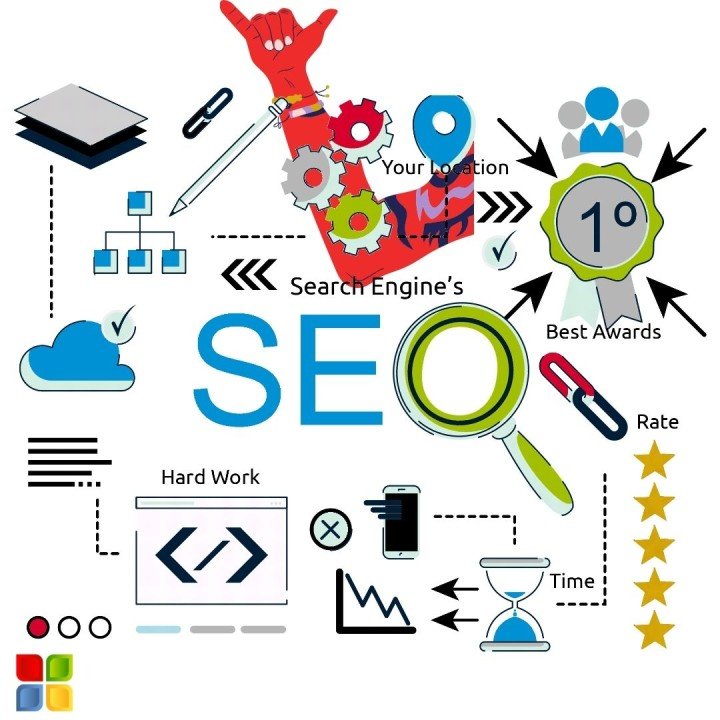The Secret to Success: Unlocking the Power of Optimized Content
February 24, 2024 | by seotoolsethub.com

In today’s digital age, where the internet has become an integral part of our lives, businesses are constantly striving to establish a strong online presence. With the rise of digital marketing, the need for optimized content has become more crucial than ever before. Optimized content refers to creating and structuring content in a way that is easily discoverable by search engines and resonates with your target audience.
The impact of optimized content on search engine rankings and website traffic cannot be underestimated. When your content is properly optimized, it increases your chances of ranking higher in search engine results pages (SERPs), making it easier for potential customers to find you. This increased visibility translates into higher organic traffic to your website, which can ultimately lead to more conversions and revenue.
Key Takeaways
- Optimized content is crucial in today’s digital world for building trust and authority.
- Understanding your audience is key to creating effective content that resonates with them.
- Keywords play a vital role in optimizing content for search engines and improving visibility.
- Compelling headlines and meta descriptions can significantly impact click-through rates and engagement.
- Visuals are powerful tools for enhancing the impact and effectiveness of optimized content.
What is Optimized Content and Why Does it Matter?
Optimized content refers to creating high-quality, relevant, and valuable content that is tailored for both search engines and human readers. It involves incorporating keywords strategically throughout your content while ensuring that it remains engaging and informative.
The benefits of optimized content for businesses are numerous. Firstly, it helps improve organic rankings on search engines like Google, Bing, or Yahoo!. When you optimize your web pages with relevant keywords and provide valuable information that answers users’ queries effectively, search engines recognize the quality of your content and reward you with higher rankings.
Secondly, optimized content enhances user experience by providing valuable information in a format that is easy to consume. By understanding what your target audience wants and needs from their online experience, you can create compelling pieces that resonate with them on a deeper level.
Understanding Your Audience: The Key to Creating Effective Content
To create effective optimized content, understanding your target audience is paramount. Identifying who they are will help you tailor your messaging appropriately so that it resonates with them on a personal level.
Start by conducting thorough market research to gain insights into your audience’s demographics, interests, and pain points. This will enable you to create content that addresses their specific needs and desires. By understanding their motivations and challenges, you can craft content that provides solutions and adds value to their lives.
Once you have a clear understanding of your target audience, it’s important to create content that speaks directly to them. Use language and tone that resonates with them, addressing their pain points in a relatable manner. By doing so, you establish a connection with your audience and build trust.
The Role of Keywords in Optimized Content
| Keyword Density | The percentage of times a keyword appears in relation to the total number of words in a piece of content. |
| Keyword Research | The process of identifying the most relevant and effective keywords to target in content. |
| Keyword Placement | The strategic placement of keywords in content, such as in titles, headings, and meta descriptions. |
| Keyword Variations | The use of related keywords and phrases to avoid overuse of a single keyword and to increase the relevance of content. |
| Keyword Competition | The level of competition for a particular keyword, which can impact the difficulty of ranking for that keyword. |

Keywords play a crucial role in optimized content as they help search engines understand the relevance of your content to users’ queries. Keyword research is the process of identifying the words or phrases people use when searching for information related to your business or industry.
Start by brainstorming potential keywords relevant to your business or industry. Then use keyword research tools like Google Keyword Planner or SEMrush to identify high-volume keywords with low competition.
Incorporating these keywords strategically throughout your content is essential for optimization purposes. However, it’s important not to overdo it as keyword stuffing can negatively impact user experience and search engine rankings. Instead, focus on naturally incorporating keywords into headings, subheadings, body text, image alt tags, and meta descriptions.
Crafting Compelling Headlines and Meta Descriptions
Headlines are the first thing users see when they come across your content in search engine results pages (SERPs) or social media feeds. A compelling headline can make all the difference between someone clicking on your link or scrolling past it.
To write attention-grabbing headlines:
1) Use numbers: People are drawn towards lists such as “10 Tips for…” or “5 Ways to…”
2) Create curiosity: Pose questions that pique readers’ interest like “Are You Making These Common Mistakes?”
3) Use powerful words: Words like “ultimate,” “essential,” or “proven” can make your headline more enticing.
Meta descriptions, on the other hand, are short snippets that provide a summary of your content. They appear below the headline in SERPs and should be concise yet informative. Incorporate relevant keywords naturally while providing a compelling reason for users to click through to your website.

The Power of Visuals in Optimized Content
Visuals play a crucial role in optimized content as they enhance engagement and improve user experience. In today’s fast-paced digital world, attention spans are shorter than ever, making it essential to capture users’ attention quickly.
Incorporating visuals such as images, infographics, videos, or charts into your content can help break up text-heavy sections and make it more visually appealing. Visuals also help convey information more effectively and increase the chances of users sharing your content on social media platforms.
When using visuals in optimized content:
1) Ensure they are relevant: Choose visuals that align with the topic you’re discussing and add value to the reader’s understanding.
2) Optimize image alt tags: Include descriptive keywords within image alt tags to improve accessibility and search engine optimization.
3) Compress images: Large file sizes can slow down page load times, negatively impacting user experience. Compressing images without compromising quality is crucial for optimal performance.
Writing for SEO: Best Practices and Techniques
Writing optimized content involves incorporating SEO best practices into your writing process. Here are some tips to keep in mind:
1) Write for humans first: While optimizing for search engines is important, always prioritize creating valuable content that resonates with human readers. Focus on providing useful information rather than keyword stuffing or over-optimizing.
2) Use headers strategically: Break up your content using headings (H1-H6). This not only improves readability but also helps search engines understand the structure and hierarchy of your content.
3) Optimize meta tags: Meta tags, including title tags and meta descriptions, should be concise, keyword-rich, and accurately reflect the content on the page. This helps search engines understand what your page is about and improves click-through rates.
4) Incorporate internal and external links: Linking to relevant internal pages within your website helps search engines crawl and index your site more effectively. Additionally, linking to reputable external sources adds credibility to your content.
The Importance of Quality Content for Building Trust and Authority
Creating high-quality content is essential for building trust with your audience and establishing yourself as an authority in your industry. When users find valuable information on your website consistently, they are more likely to view you as a reliable source of knowledge.
To create high-quality optimized content:
1) Conduct thorough research: Back up statements with credible sources to provide accurate information that readers can trust.
2) Provide unique insights: Offer fresh perspectives or unique experiences that differentiate you from competitors in the industry.
3) Use storytelling techniques: Engage readers by incorporating storytelling elements into your content. This helps create an emotional connection with the audience while delivering valuable information.
4) Edit rigorously: Proofread for grammar errors, typos, or factual inaccuracies before publishing. High-quality writing reflects professionalism and attention to detail.
Measuring the Success of Your Optimized Content: Metrics to Track
Tracking key metrics is crucial for measuring the success of optimized content campaigns. Here are some important metrics to consider:
1) Organic traffic: Monitor how much traffic comes from organic search results over time using tools like Google Analytics or SEMrush.
2) Bounce rate: Measure how many visitors leave immediately after landing on a page without engaging further. A high bounce rate may indicate issues with user experience or the relevancy of the content provided.
3) Conversion rate: Track how many visitors take desired actions, such as making a purchase or filling out a contact form. This metric helps determine the effectiveness of your content in driving conversions.
4) Social shares and engagement: Monitor the number of social media shares, comments, likes, or retweets to gauge how well your content resonates with your audience.
Tips for Creating a Content Strategy that Works
Creating an effective content strategy is crucial for maximizing the impact of optimized content. Here are some tips to help you develop a successful plan:
1) Define your goals: Clearly outline what you want to achieve with your content marketing efforts. Whether it’s increasing brand awareness, generating leads, or driving sales, aligning your strategy with specific goals is essential.
2) Understand your competition: Analyze what type of content performs well in your industry and identify gaps that you can fill with unique and valuable insights.
3) Plan for different formats: Consider creating various types of content such as blog posts, videos, infographics, podcasts, or case studies to cater to different preferences and consumption habits.
4) Create an editorial calendar: Map out topics and deadlines in advance to ensure consistent publishing and avoid last-minute scrambling for ideas.
The Secret to Success Lies in Optimized Content
In conclusion, optimized content plays a vital role in today’s digital world by improving search engine rankings and driving organic traffic. By understanding their target audience and incorporating relevant keywords strategically throughout their content while crafting compelling headlines and meta descriptions businesses can enhance user experience while increasing visibility online.
Visuals also play an important role in optimized content by enhancing engagement levels through improved user experience. Writing for SEO involves incorporating best practices like using headers strategically while linking internally and externally within the website. Quality is paramount when it comes to building trust with audiences as high-quality writing reflects professionalism while providing unique insights that set businesses apart from competitors.
Measuring success through tracking metrics like organic traffic conversion rates bounce rates social shares helps businesses gauge the effectiveness of their content strategies. Creating a content strategy that aligns with business goals and understanding competition while planning for different formats and creating an editorial calendar is key to success.
In conclusion, optimized content is the secret to success in today’s digital world. By prioritizing quality, understanding your audience, incorporating keywords strategically, and measuring performance through analytics, businesses can establish themselves as authorities in their industry while driving organic traffic and conversions.
RELATED POSTS
View all


